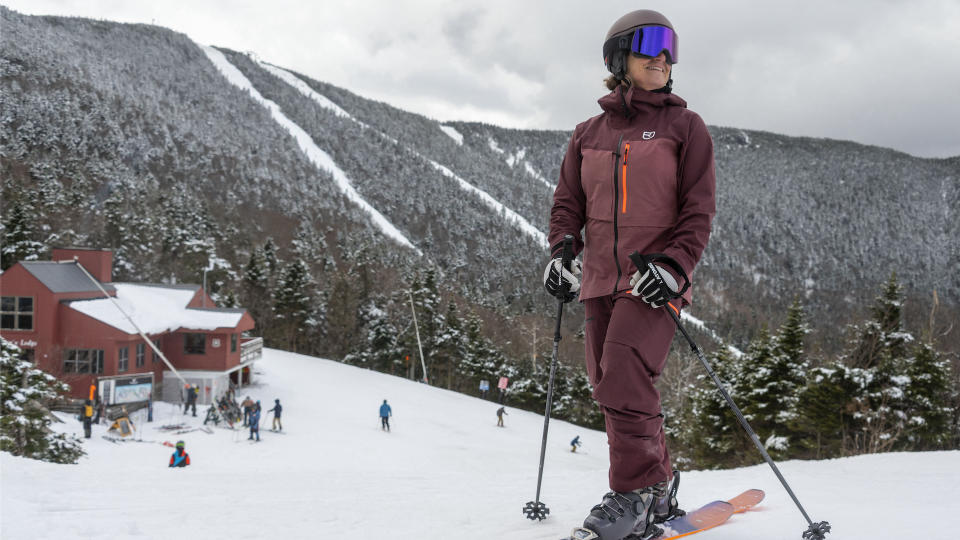Glade Adapt 2 ski goggles review: they perform, feel and look great, especially for the price
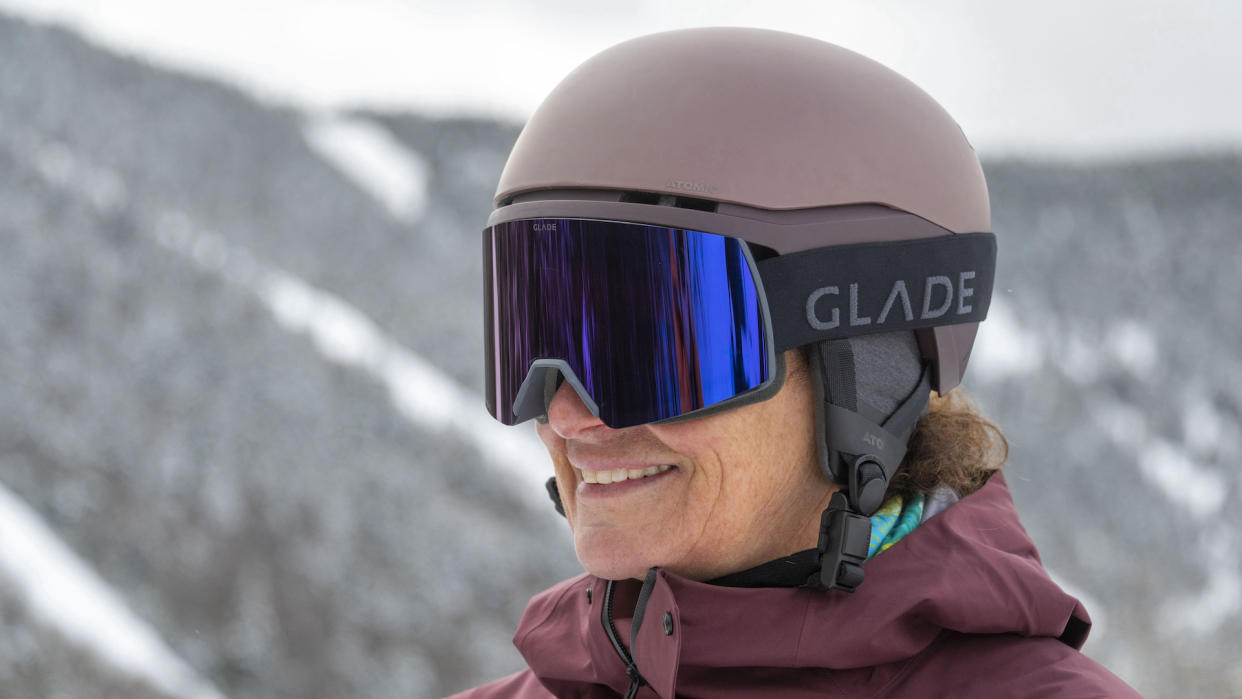
Meet the reviewer
Glade Adapt 2: first impressions
The Glade Adapt 2s are one of the fastest and easiest ski goggles to fit to my helmet that I’ve worn. They adjust from both sides and once I got them where I wanted them, the silicone-backed strap held them in place.
When I put these on for the first time, they just felt good. That’s thanks to the triple-density foam that’s covered with fleece on the inside, and is shaped to the contours of a human face.
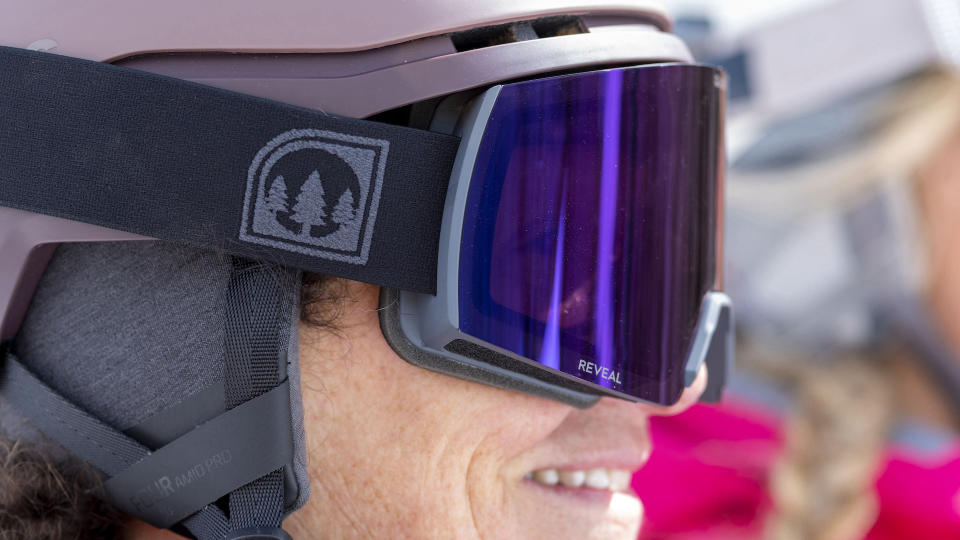
Glade uses Reveal photochromic lens technology. The goggles’ lenses are polycarbonate and Glade’s frame is constructed using a lightweight TPU plastic. All Reveal photochromic lenses, regardless of color, have the same VLT (visible light transmission range) that shifts between 16% and 61%, based on what’s happening around you (but no, these don’t go to clear). In standard VLT vernacular, that’s Category 1 to Category 3.
Specifications
• List price: $149 (US) / Not currently officially available in the UK
• Gender specification: Unisex
• Sizes: One Size; also available as Adapt 2S for smaller faces
• Materials: Reveal photochromic lens technology
• Weight: 144g / 5.1oz
• Colors: Orange & Gray / Blue & White / Purple & Black / Green Forest / Red & Shadow / Black & Buck
• Compatibility: Skiing, biking
The goggles are guaranteed fog-free. “We use our recipe of traditional anti-fog techniques,” Glade’s founder, Curt Nichols says. “Dual-lens, hydrophobic treatments, and anti-fog inner coating – we are tuned into making sure the proportions of our goggles are perfect and that is how we fight against fogging. We focus on fit ergonomics and frame flexibility to create the ideal fit and seal on the wearer. Also, we manage the proportions of the goggle itself to ensure that we have the ideal space between the wearer and the inner lens, which allows for interior temperature regulation and is huge for combating fog. Lastly, for us frame ventilation is critical. We want fresh air feeding into the goggles and as the interior air temp rises, that warmer air has ample vents through which it can escape.”
The lenses are also changeable, and they quickly and easily snap in and out. You can get replacement lenses or different color lenses sold separately. The Adapt 2 provides 100% UVA/UVB protection.
These goggles are available in two sizes: the standard Adapt 2 is best for medium to large faces, while skiers with small to medium faces should buy the Adapt 2S. Unfortunately, a hard case not included as standard, but Glade sell one for $25.
Glade Adapt 2: on the slopes
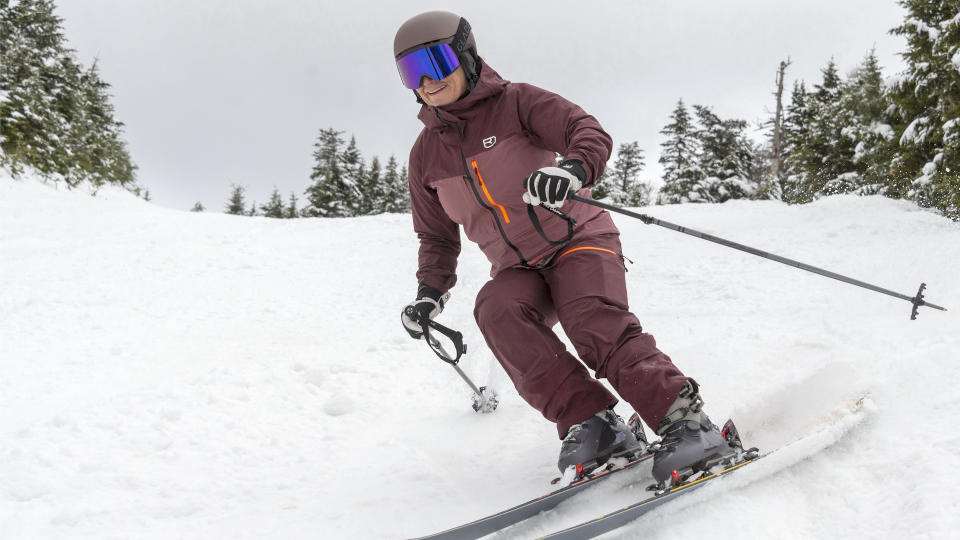
I got my Glade Adapt 2s at the beginning of the 2023/24 ski season. I live in Vermont, where the local slogan is, “If you don’t like the weather wait five minutes.” The sky turns from overcast flat light to bluebird sunny and back again constantly, so photochromic goggles are a natural choice.
I had a pile of goggles to test this season, so I didn’t reach for these first thing, but once I did, I kept reaching for them again and again. The fit is natural and comfortable. The lens is ample and gives me an unrestricted view of the slopes. And more times than not, these goggles help me see the contours of the snow better than any other goggles I had in my bag, many of which cost over $200.
I like the flat lens look, too. I never regretted having these goggles on. With the Adapt 2s over my eyes, I forgot about my goggles and could focus on the skiing, which means the goggles are doing their job.
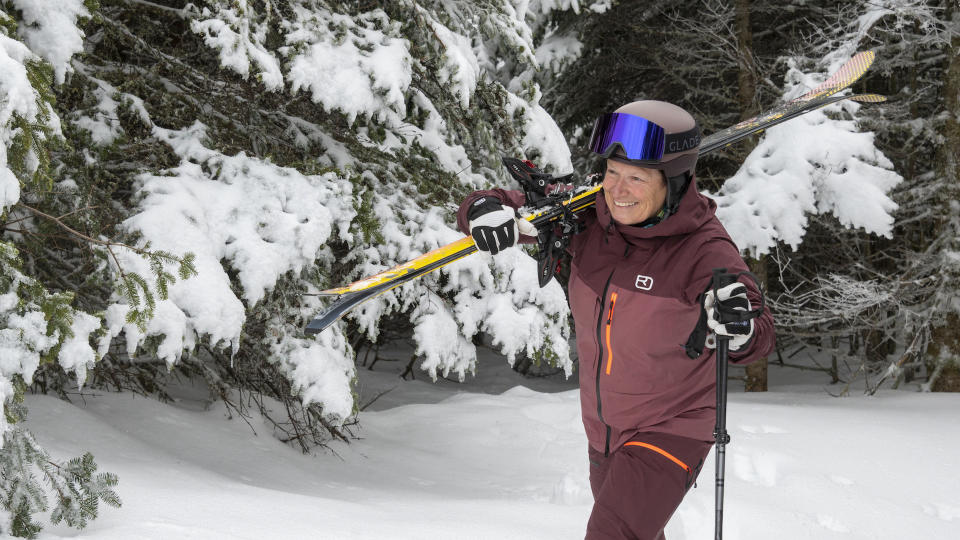
I’ve worn the Adapt 2s in what I’d consider to be bright conditions – including in Jackson Hole, WY, and at Powder Mountain and Snowbasin, both near Ogden, Utah – and I never felt like I wanted something that blocked even more light. I’ve also been backcountry skiing with these goggles, but I haven’t yet had a chance to spring ski with the Adapt 2s in California or Colorado, two spots where the sun’s rays can really be searing at altitude when the sun is high overhead.
I also didn’t think they needed to be any lighter. They covered the majority of conditions that I found myself skiing in, both backcountry and frontcountry in Vermont, and while traveling.
